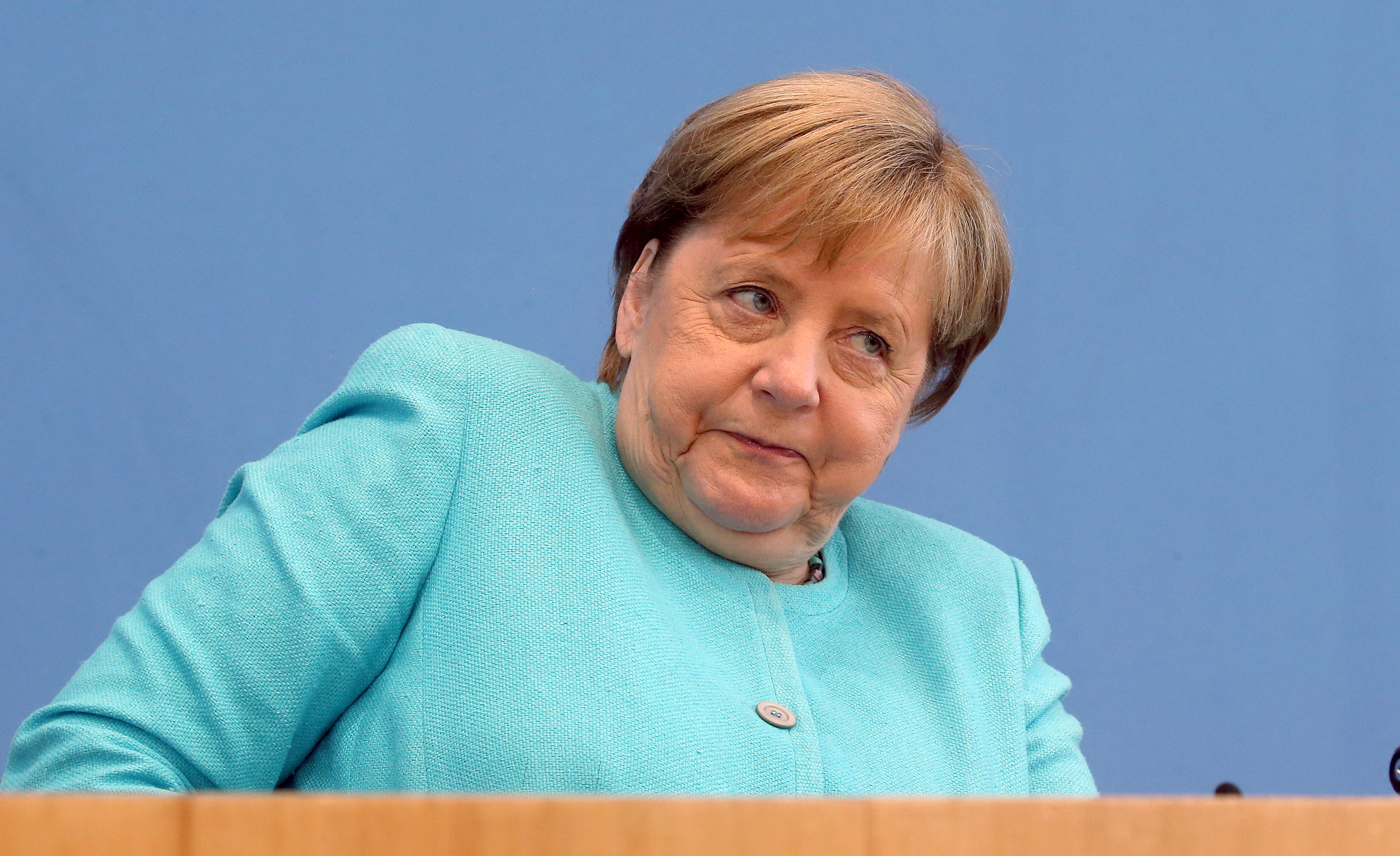Germany toughens rules for travel from Spain, Netherlands
Germany is listing Spain and the Netherlands as “high-incidence areas.”

Your support helps us to tell the story
From reproductive rights to climate change to Big Tech, The Independent is on the ground when the story is developing. Whether it's investigating the financials of Elon Musk's pro-Trump PAC or producing our latest documentary, 'The A Word', which shines a light on the American women fighting for reproductive rights, we know how important it is to parse out the facts from the messaging.
At such a critical moment in US history, we need reporters on the ground. Your donation allows us to keep sending journalists to speak to both sides of the story.
The Independent is trusted by Americans across the entire political spectrum. And unlike many other quality news outlets, we choose not to lock Americans out of our reporting and analysis with paywalls. We believe quality journalism should be available to everyone, paid for by those who can afford it.
Your support makes all the difference.Germany is listing Spain and the Netherlands as “high-incidence areas,” meaning that most people arriving from those countries who aren’t fully vaccinated will have to go into quarantine from next week.
The national disease control center, the Robert Koch Institute said Friday that the change will take effect on Tuesday.
The change of status in the middle of the summer travel season will inconvenience some people traveling from Spain, a hugely popular tourist destination for Germans, and likely put off more would-be vacationers.
Spain and the Netherlands were already on a list of “risk areas,” the lowest of Germany’s three COVID-19 risk categories, but that had barely any practical effect since anyone arriving from such areas can avoid quarantine by proving they have tested negative.
People arriving from “high-incidence areas” can avoid quarantine if they can prove that they are fully vaccinated or have recovered from COVID-19. Others can cut short the 10-day quarantine by testing negative after five days.
Portugal, Cyprus and Britain are already listed as “high-incidence areas.”
Germany’s infection rate remains very low compared with some other European countries. But it has been rising steadily since it bottomed out at 4.9 new weekly cases per 100,000 residents on July 6. The rise is being fueled by the more contagious delta variant, which is now dominant. On Friday, the infection rate stood at 13.2.
Chancellor Angela Merkel said Thursday that the figures are rising with “worrying momentum" and “we have exponential growth.”
After the pace of vaccinations slowed in recent weeks, she appealed to reluctant citizens to get vaccinated and urged compatriots who are more enthusiastic to help persuade others.
As of Thursday, 60.6% of the German population had received at least one shot and 48.5% were fully vaccinated.
___
Follow AP’s pandemic coverage at:
https://apnews.com/hub/coronavirus-pandemic
https://apnews.com/hub/coronavirus-vaccine